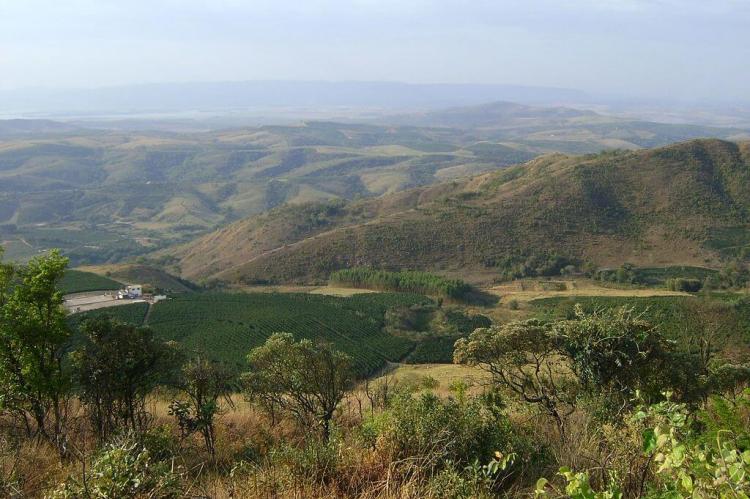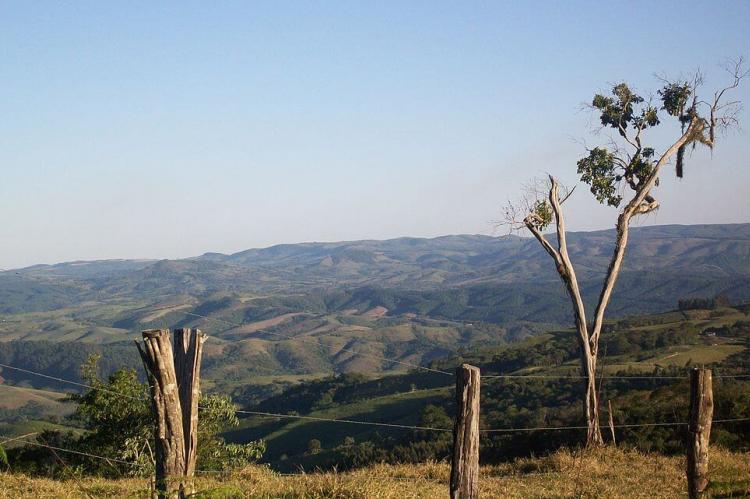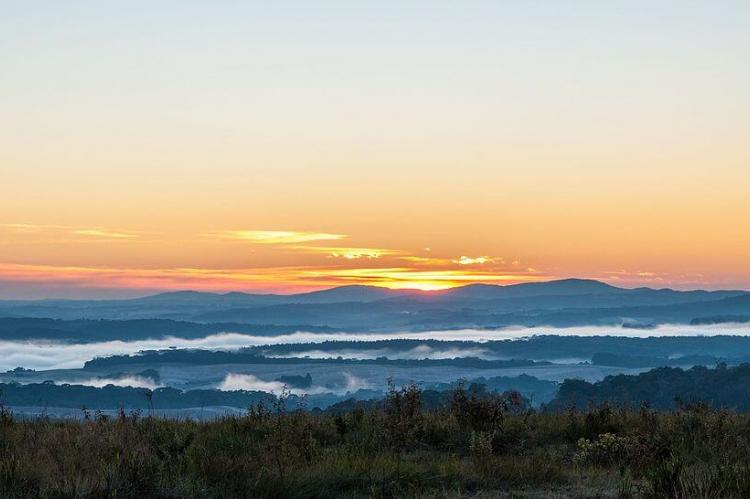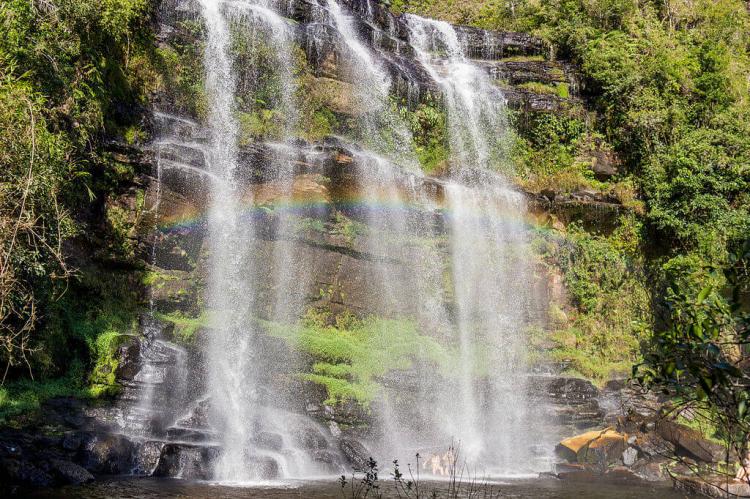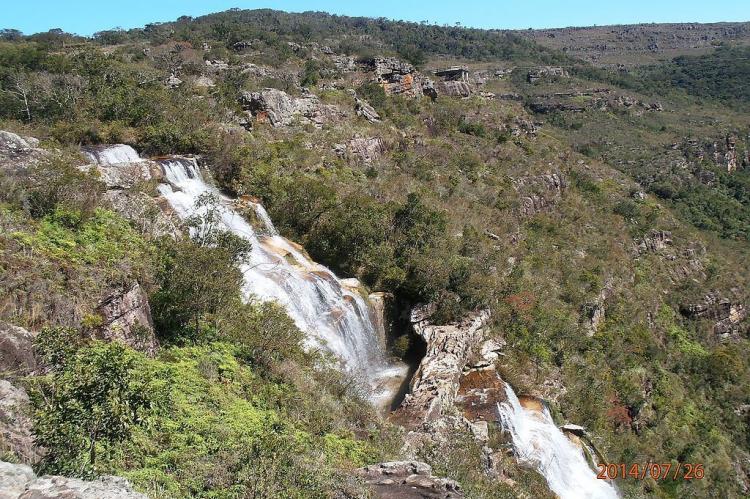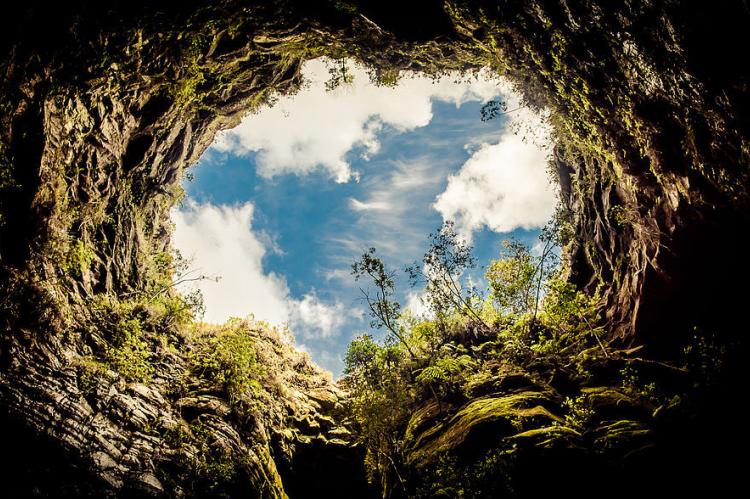Exploring Campos Gerais National Park: A Geological and Ecological Haven
Campos Gerais National Park, nestled in the south-central region of Paraná, Brazil, is a treasure trove of geological wonders, rich biodiversity, and cultural history. The park's unique landscapes and ecosystems make it a vital conservation area within the Atlantic Forest biome.
The Geology and Biodiversity of Campos Gerais National Park
Campos Gerais National Park, nestled in the south-central region of the state of Paraná, Brazil, is a treasure trove of geological wonders, rich biodiversity, and cultural history. Established in 2006, this park spans approximately 21,300 hectares (52,630 acres) across Ponta Grossa, Castro, and Carambeí municipalities. The park's unique landscapes and ecosystems make it a vital conservation area within the Atlantic Forest biome, renowned for its biodiversity.
Geographical and Geological Marvels
Terrain and Relief
The terrain of Campos Gerais National Park is distinguished by its rugged relief, which is marked by a plethora of geological features. Visitors encounter escarpments, canyons, faults, cracks, hills, caves, underground drains, and depressions. These features result from complex geological processes that have shaped the region over millions of years. The varied topography provides breathtaking scenic views and creates diverse habitats for a wide range of flora and fauna.
Geological History
The park's landscape is a testament to its dynamic geological history, predominantly shaped by the rocks of the Paraná Sedimentary Basin. The peculiar and scenic Vila Velha sandstones and sinkholes, known locally as Furnas, are notable landmarks that draw scientists and tourists. The origins of the landscape date back to the Pleistocene Epoch, often referred to as the last Ice Age, when a colder and drier climate favored the emergence of grassland vegetation interspersed with Araucaria pine forests. The stratification of these sandstones provides a window into the past, revealing the climatic and environmental conditions that prevailed millions of years ago.
Tectonic Activity
During the Mesozoic era, significant tectonic activity resulted in igneous rock intrusion and uplifted the region's eastern portion. This tectonic upheaval created a system of faults and fractures, which were subsequently carved into canyons of varying sizes by the erosive action of rivers. This process has endowed the park with its dramatic and varied topography. These canyons, such as the Buraco do Padre, add to the park's scenic beauty, provide critical habitats for many species, and serve as natural conduits for rivers and streams.
Hydrological Significance
River Systems
Campos Gerais National Park plays a crucial role in the region's hydrology. It contains the headwaters of the Ribeira de Iguape River and the Tibagi River, the latter being a tributary of the Paranapanema River. These river systems are essential for the surrounding areas' ecological health and water supply. The park's rivers and streams support myriad aquatic life and contribute to the overall biodiversity. Additionally, these waterways provide essential resources for local communities and agricultural activities.
Waterfalls and Aquatic Ecosystems
The park is home to several stunning waterfalls, such as the Cachoeira da Mariquinha and the Cachoeira do Rio São Jorge. These waterfalls enhance the park's natural beauty and play a crucial role in maintaining the aquatic ecosystems. The constant flow of water supports various plant and animal species that depend on these freshwater environments. Visitors often engage in recreational activities such as swimming, hiking, and birdwatching around these waterfalls, making them popular attractions within the park.
Ecological Diversity
Flora
The park is located within the Atlantic Forest biome, a globally recognized biodiversity hotspot. The vegetation in the park is a mosaic of mixed forests and grasslands, which support a wide variety of plant species. Endemic species such as the ball cactus and the Brazilian Edelweiss (Sinningia leucotricha) highlight the unique botanical diversity of the area. The presence of Araucaria angustifolia, commonly known as the Brazilian pine, is particularly noteworthy. These trees are remnants of ancient forests and provide crucial habitats for many species.
Fauna
Campos Gerais National Park is also home to a diverse array of wildlife. Mammals such as the maned wolf, puma, and various species of deer can be found within the park's boundaries. Bird enthusiasts can observe a wide variety of bird species, including the endangered Vinaceous-breasted Amazon and the majestic harpy eagle. The park's ecosystems support numerous reptiles, amphibians, and invertebrates, each vital in maintaining ecological balance.
Historical Vegetation Changes
Over the past 1,500 years, there has been a notable expansion of the Araucaria forest, forming a complex mosaic of grassland and forest patches on the highlands. This shift in vegetation patterns has been influenced by climatic changes and human activities, such as logging and grazing, which have significantly impacted the region's ecological balance. The interplay between grasslands and forests creates a dynamic environment where different species can thrive, contributing to the park's high biodiversity.
Conservation and Human Impact
Historical Use
The native vegetation, conducive to grazing, attracted non-indigenous peoples to the region, leading to significant colonization. The last few centuries have seen extensive logging of Araucaria forests, which has altered the natural landscape and ecosystem. These activities have had lasting impacts, including soil erosion and habitat loss. Despite these challenges, the park remains a critical area for conservation efforts to restore and preserve its natural heritage.
Conservation Efforts
As a part of the Atlantic Forest biome, Campos Gerais National Park is a priority for conservation efforts. The park's establishment aims to protect its unique ecosystems, preserve its biodiversity, and maintain the natural processes that have shaped this extraordinary landscape. Ongoing conservation initiatives focus on reforestation, habitat restoration, and the protection of endangered species. Environmental education programs are also in place to raise awareness about the importance of conservation and promote sustainable practices among local communities.
Conclusion
Campos Gerais National Park is a vital conservation area that offers a glimpse into southern Brazil's dynamic geological history and rich biodiversity. Its rugged terrain, unique geological formations, diverse flora, and significant hydrological features make it a crucial natural preserve. Continued conservation efforts are essential to protect and sustain the park's ecological integrity for future generations. Safeguarding this natural treasure ensures that its beauty and environmental value are preserved for all to enjoy.
